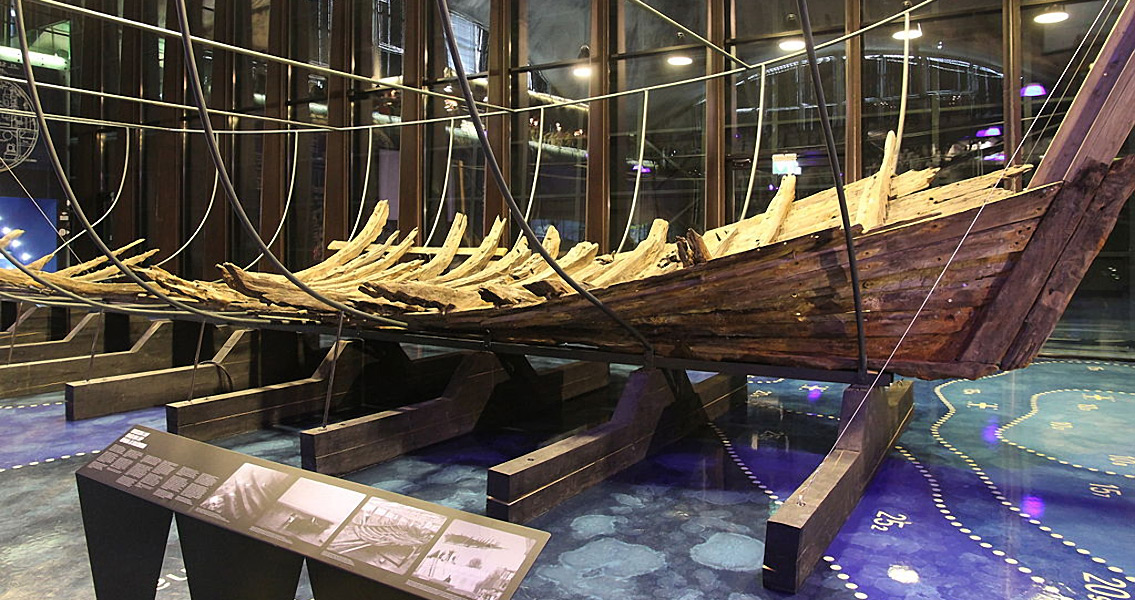<![CDATA[37 shipwrecks from the Byzantine Empire have been discovered as part of archaeological excavations that began in Turkey in 2004. The shipwrecks were discovered in Yenikapi, Istanbul, a port of the ancient city which was called Constantinople during the Byzantine period. The ships are in exceptionally good condition say the archaeologists, especially since they date back to between the fifth and eleventh centuries. Cemal Pulak, a study author from the Institute of Nautical Archaeology at Texas A&M University, stated, "Never before has such a large number and types of well preserved vessels been found at a single location." Eight of the ships were especially highlighted in the study. These ships showed that the builders had been using a more complex process than previously thought. The fact that they were distinct from the rest of the ships intrigued the researchers. There were two ship-building methods during the Byzantine period, of which each of the 37 ships showed signs of, according to the researchers who examined them. In one method, the shell was built first while in the other method, the skeleton was built first. Researchers believe that the "skeleton" first approach was being moved towards in the seventh century. Pulak went on to say, "It is through meticulous and time consuming detective work that we slowly begin to understand how these ships were built, modified, overhauled, and used. By such means, we try to understand the minds of the shipbuilders and their design and conceptualization processes in order to better comprehend the history of science and engineering". Of the eight distinct ships that the researchers chose to examine in more detail, six were classified as "round ships", because they were propelled almost entirely by sail. The other two ships were galleys, which according to researchers were "notably the first shipwrecks of this type discovered from the Byzantine period". The galleys were long, oared ships measuring almost 30 meters in length. Before, Byzantine galleys could only be seen in paintings and books dating from the time period, making this discovery hugely important for the study of Byzantine history. "Until recently, much of the information about Byzantine ships had come from the several medium-size seagoing ships that had been excavated in the Mediterranean", Pulak said. "Yenikapi has yielded a wide array of small rowboats, fishing boats, utility vessels and even naval ships, all directly from Constantinople itself, the capital of the Byzantine Empire," he added. According to Pulak, a large museum in Istanbul will exhibit many of the wrecks. "but it could take several years to restore the timbers of each ship's hull," he said. Image courtesy of Wikimedia commons user: MKFI]]>
Byzantine Shipwrecks Shed New Light On Ancient Ship Building
